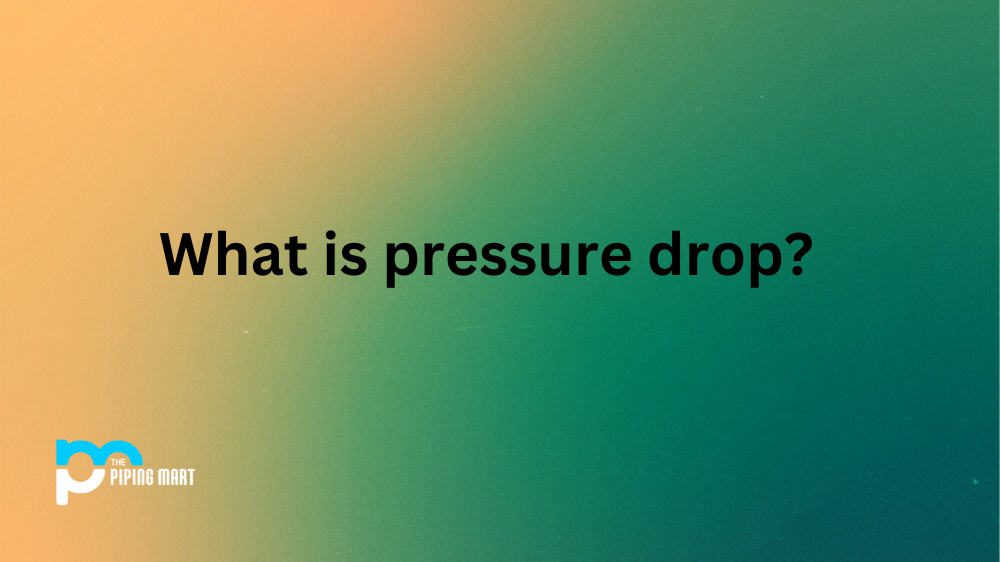If you are new to plumbing, you may have come across the terms shut off valve and stop valve and wondered what the difference between the two is. These terms are often used interchangeably in the plumbing world, and knowing which one to use in which situation can be unclear. This blog post will examine the difference between shutoff and stop valves and when to use them.
Shut Off Valve
A shutoff valve is a plumbing valve that controls water flow in a plumbing system. It is often used to temporarily shut off water to a specific area of the home or building, such as a bathroom or kitchen. Shutoff valves are typically installed on the main water supply line to the building or home. These valves are usually ball or gate valves designed to be easily turned on and off with a quarter-turn motion. Shutoff valves are used for various plumbing applications, including emergencies, maintenance and repairs, and new plumbing installations.
Stop valve
On the other hand, a stop valve, also called a stopcock, is a manual valve designed to stop water flow ultimately. These valves are often found on cold water pipes, leading to individual fixtures like sinks, toilets or appliances. They are typically located close to the institution they serve and are used to completely turn off the water to that fixture. Stop valves usually operate by turning a wheel or spindle. However, some newer models work with a lever, making turning the valve on and off easier.
Difference Between Shut Off Valve and Stop Valve
Types
Stop valves are usually of two types: gate valves and ball valves. Gate valves have a flat cut-off valve and are used where the valve can be left open most of the time. On the other hand, ball valves have a ball-shaped valve that is rotated 90 degrees to stop or start the flow of water. Ball valves are more reliable and easier to operate than gate valves, making them the preferred valve type in most plumbing applications.
Uses
When choosing between a shutoff and stop valves, both can be suitable for different plumbing tasks. For instance, the shutoff valve may be preferred for emergencies and maintenance problems that require the water supply to a specific area to be stopped temporarily. On the other hand, a stop valve may be suitable for turning off the water to a fixture for repairs or changing the faucet or fixture.
Other Differences
- A shutoff valve is a valve that is used to stop the flow of water to a particular fixture or appliance.
- A stop valve is a valve that is used to control the flow of water to a particular fixture or appliance.
- Shutoff valves are typically installed when the water supply line enters the home.
- Stop valves are typically installed when the water supply line enters the home.
- Shutoff valves are typically used to completely shut off the water supply to a particular fixture or appliance.
- Stop valves are typically used to control water flow to a fixture or appliance.
- Shutoff valves are typically installed before the stop valve.
- Stop valves are typically installed after the shutoff valve.
Conclusion
In conclusion, shutoff and stop valves are critical valves used in plumbing systems. While they may seem similar, they serve different purposes and are designed for specific plumbing applications. Be sure to consult a plumber to help you make the right choice when deciding which valve to use for a particular plumbing task. Remember, keeping your plumbing system in good condition means avoiding unexpected emergencies and costly repairs.




